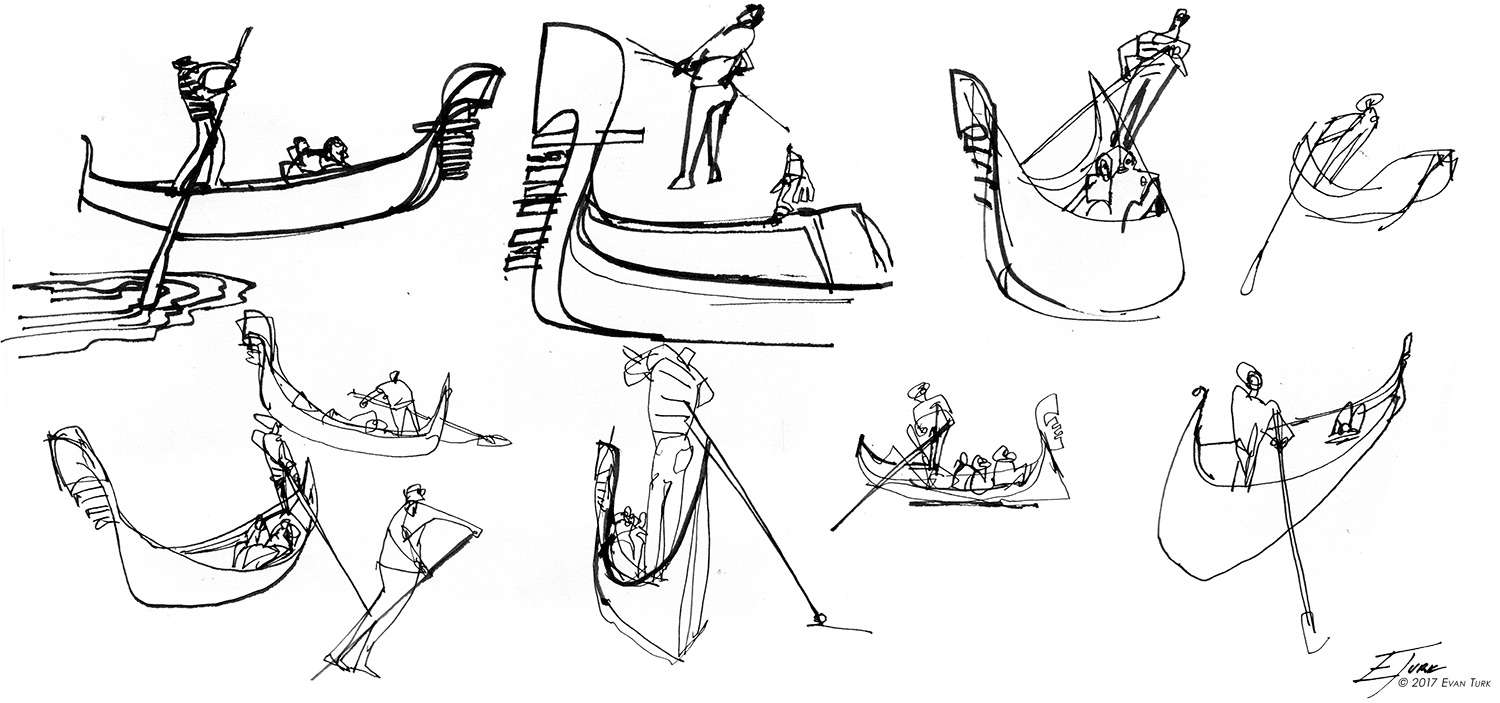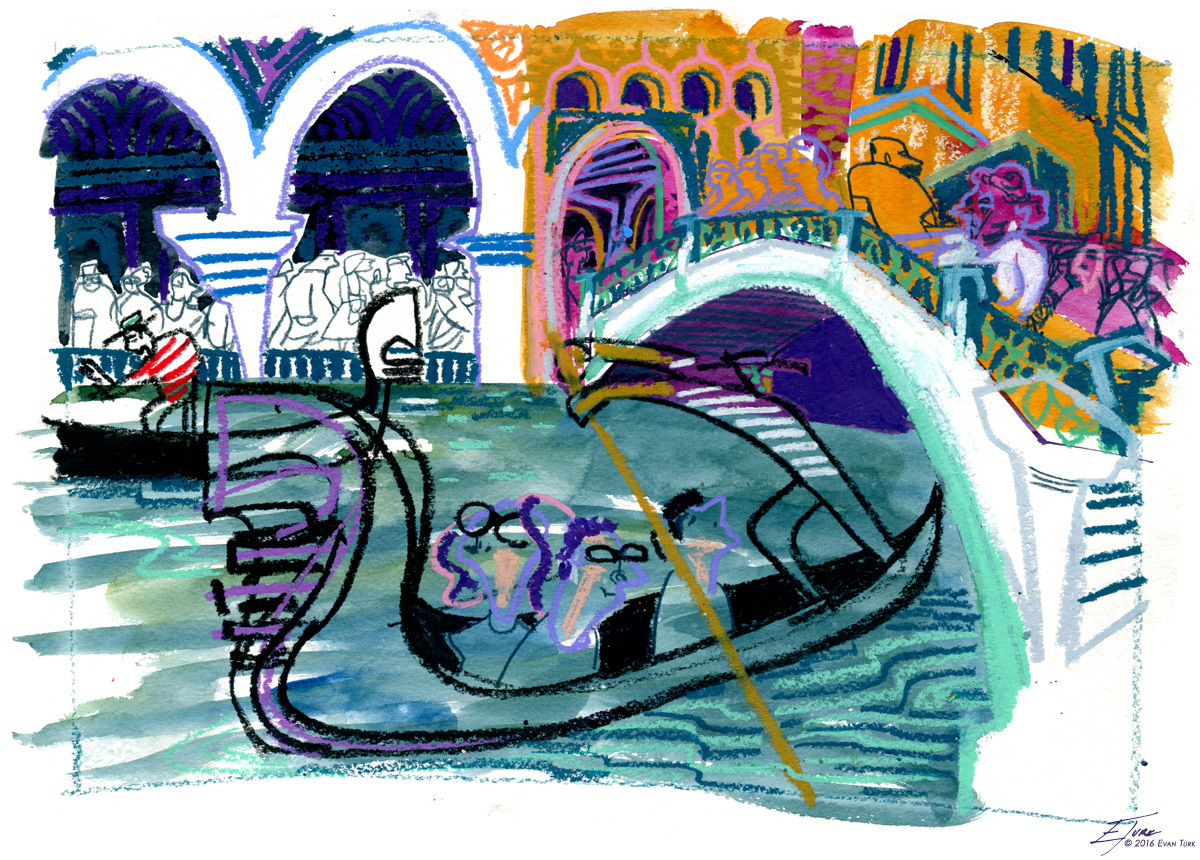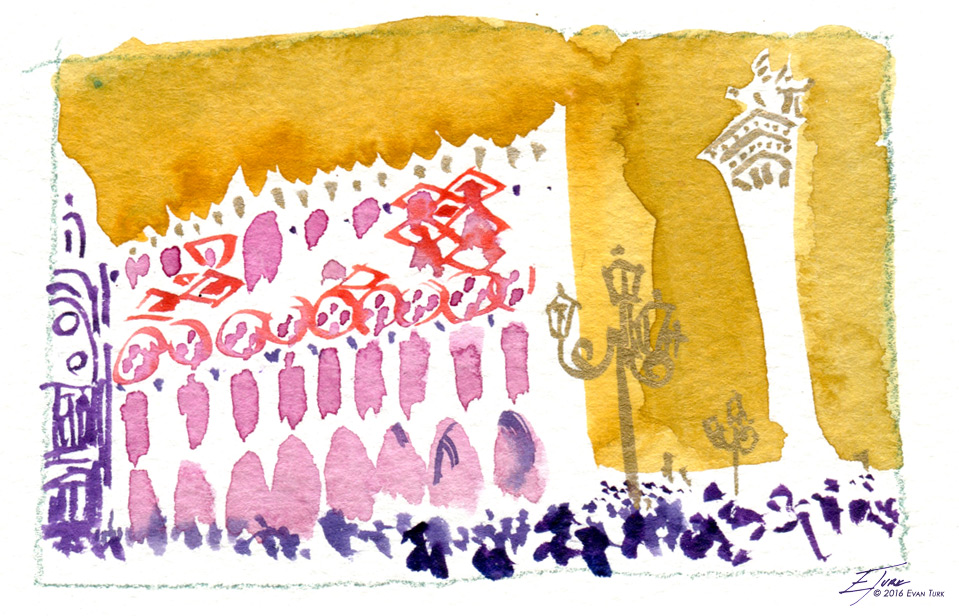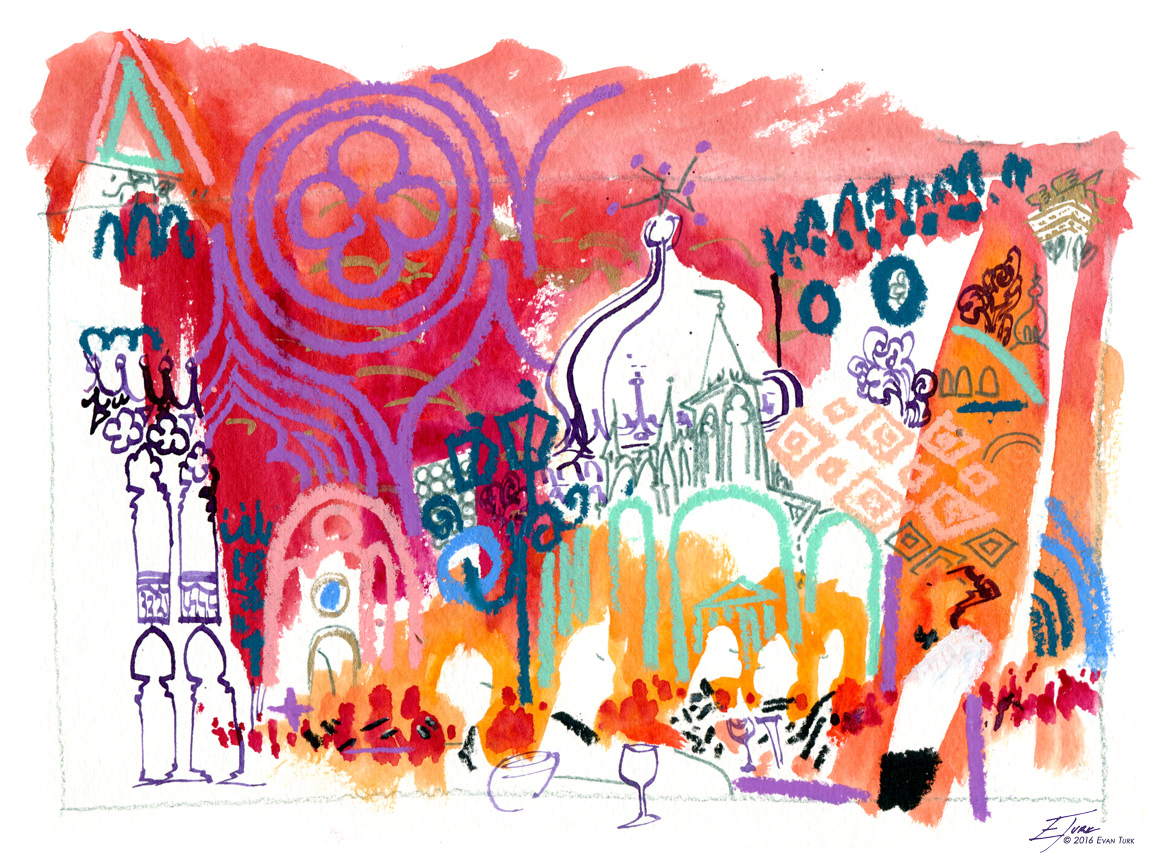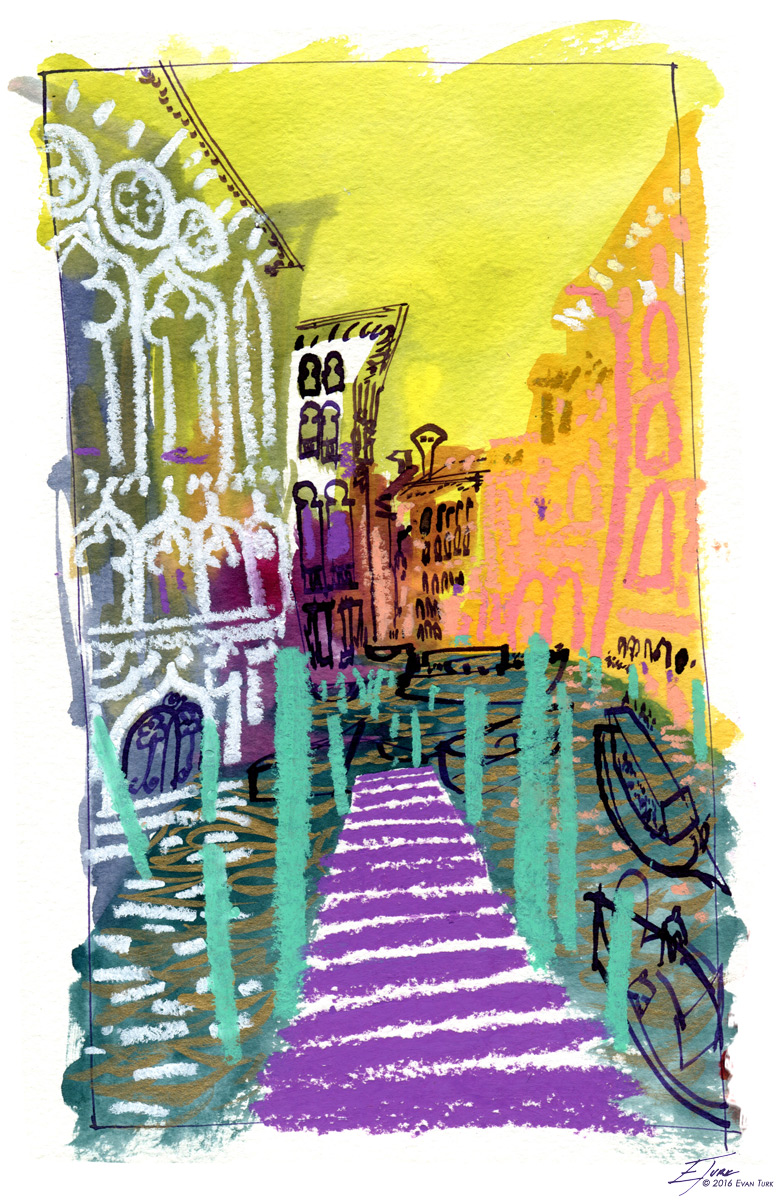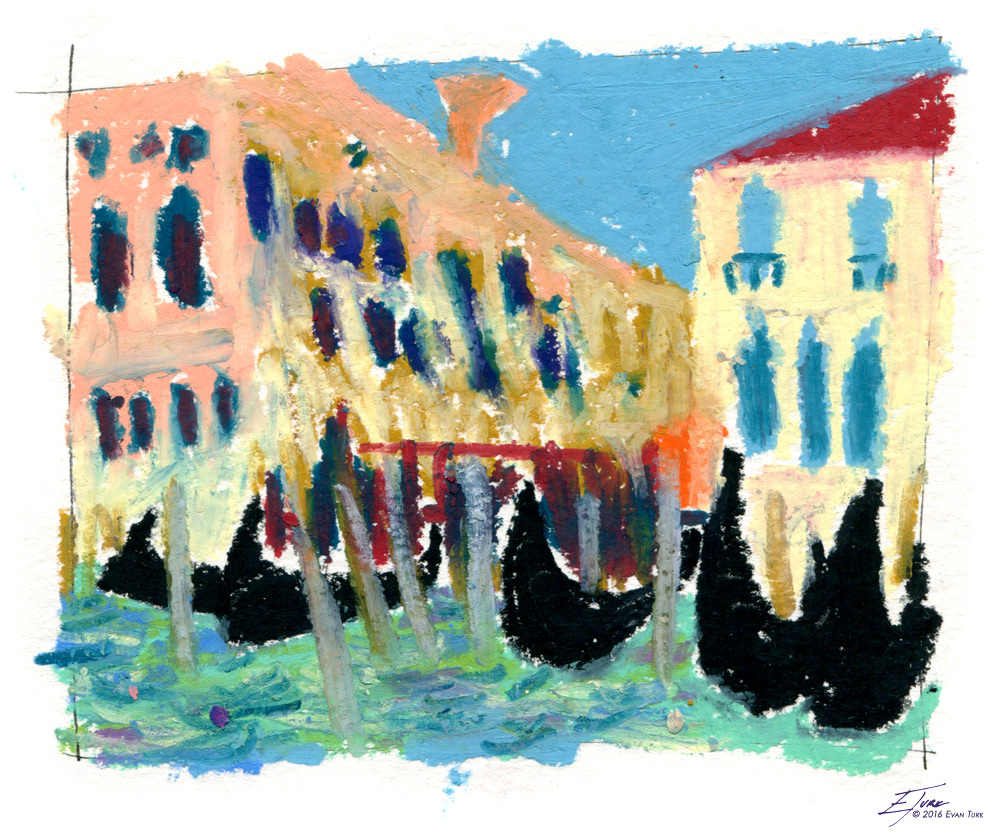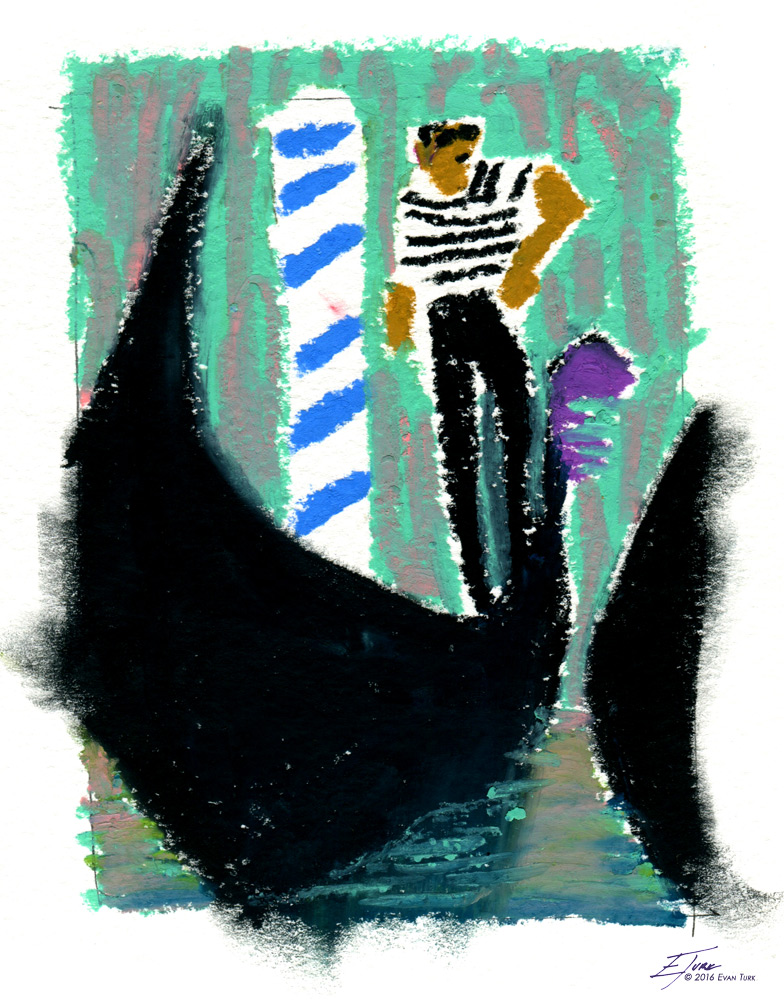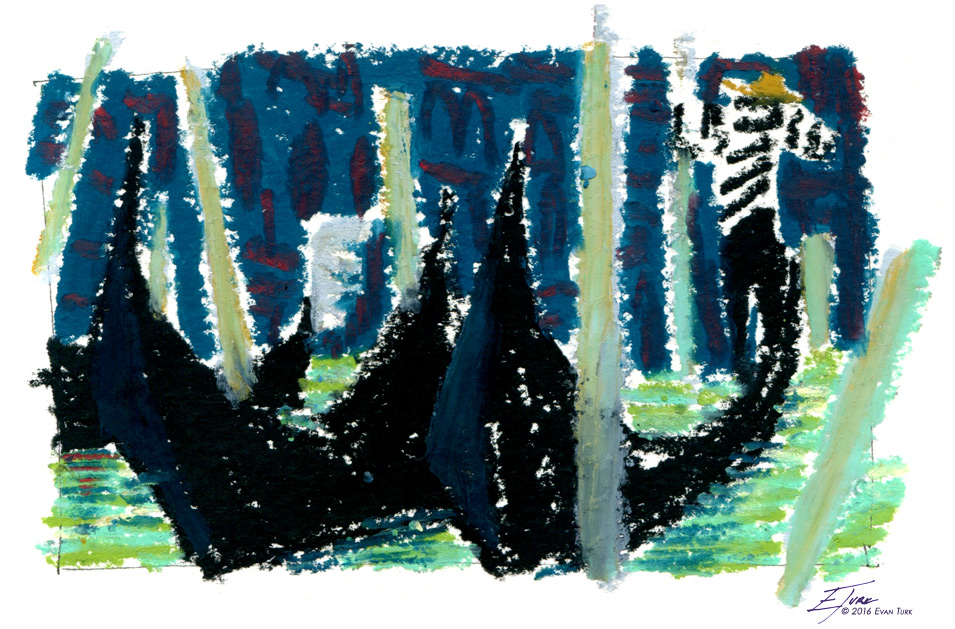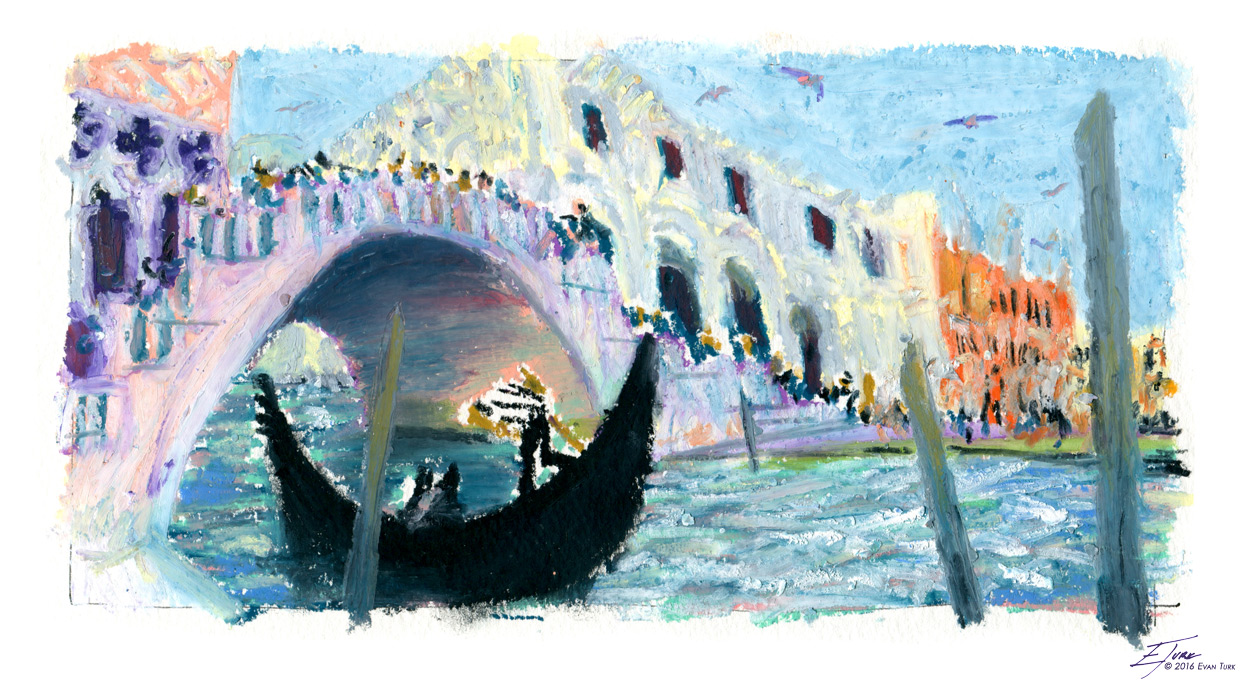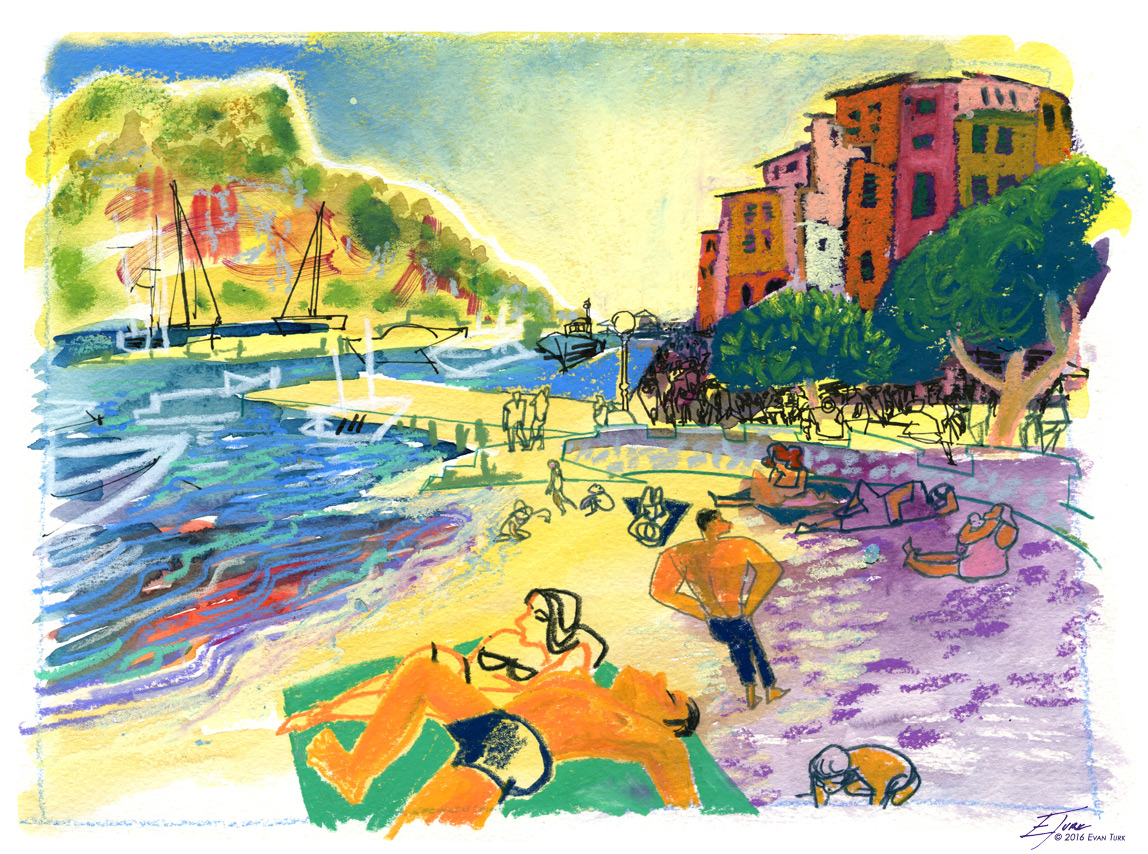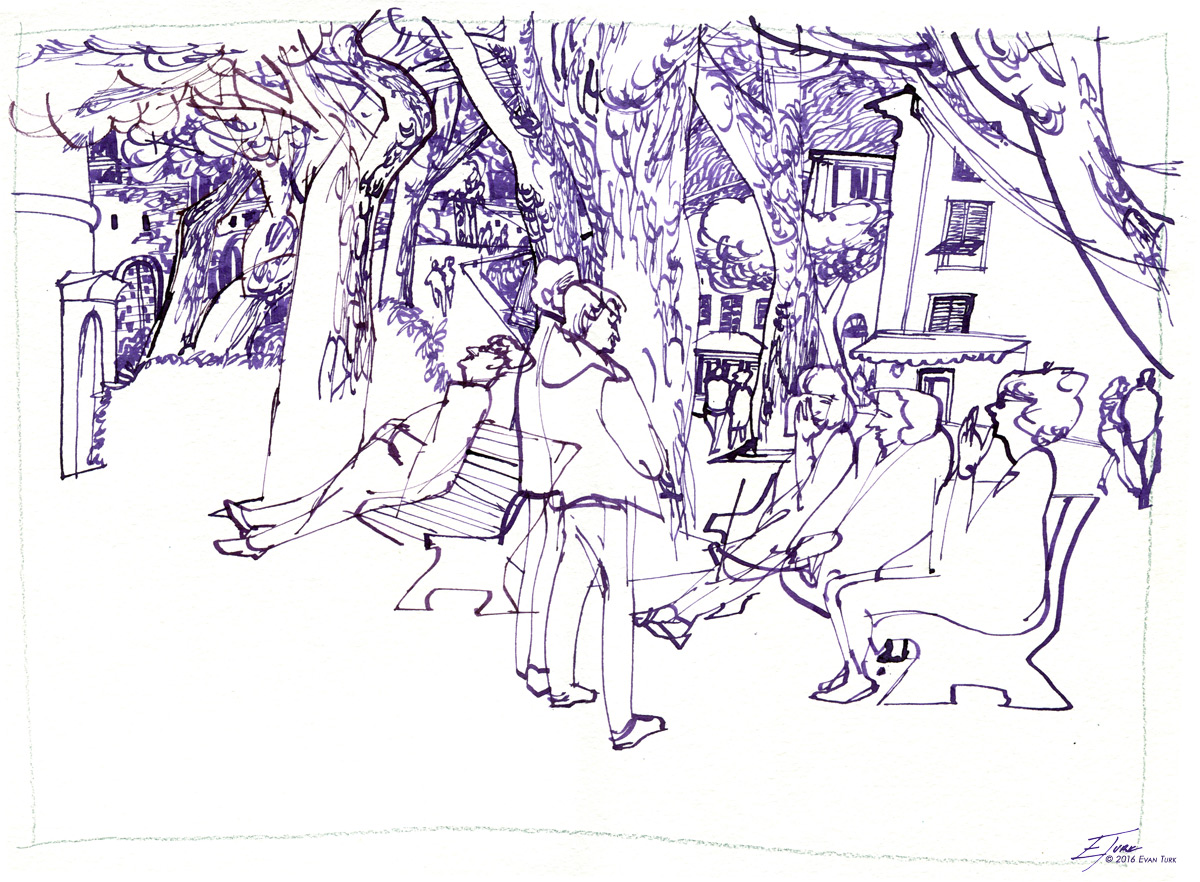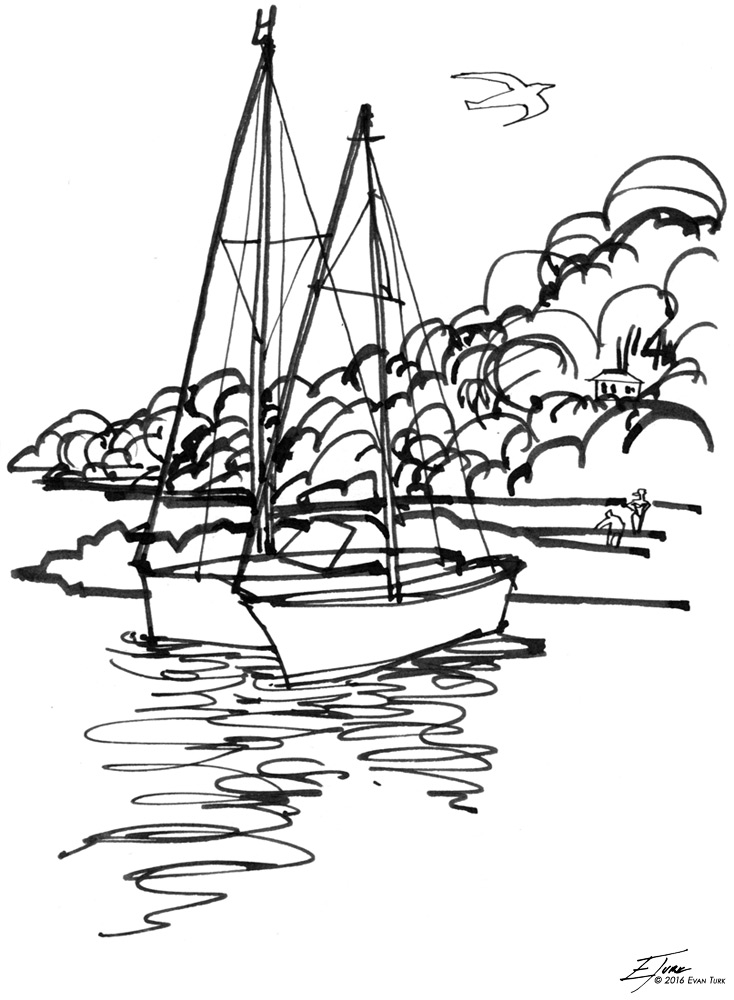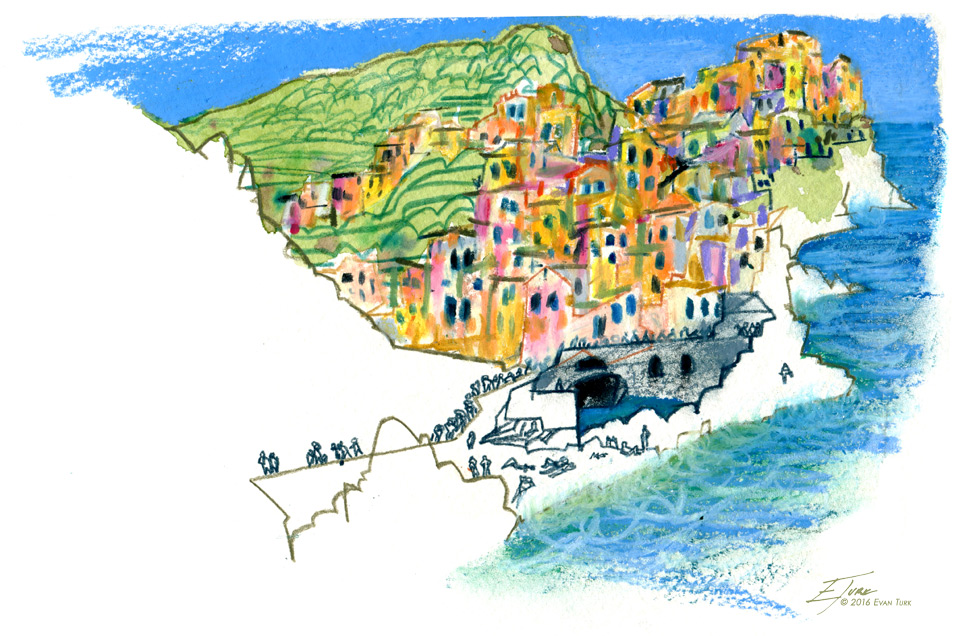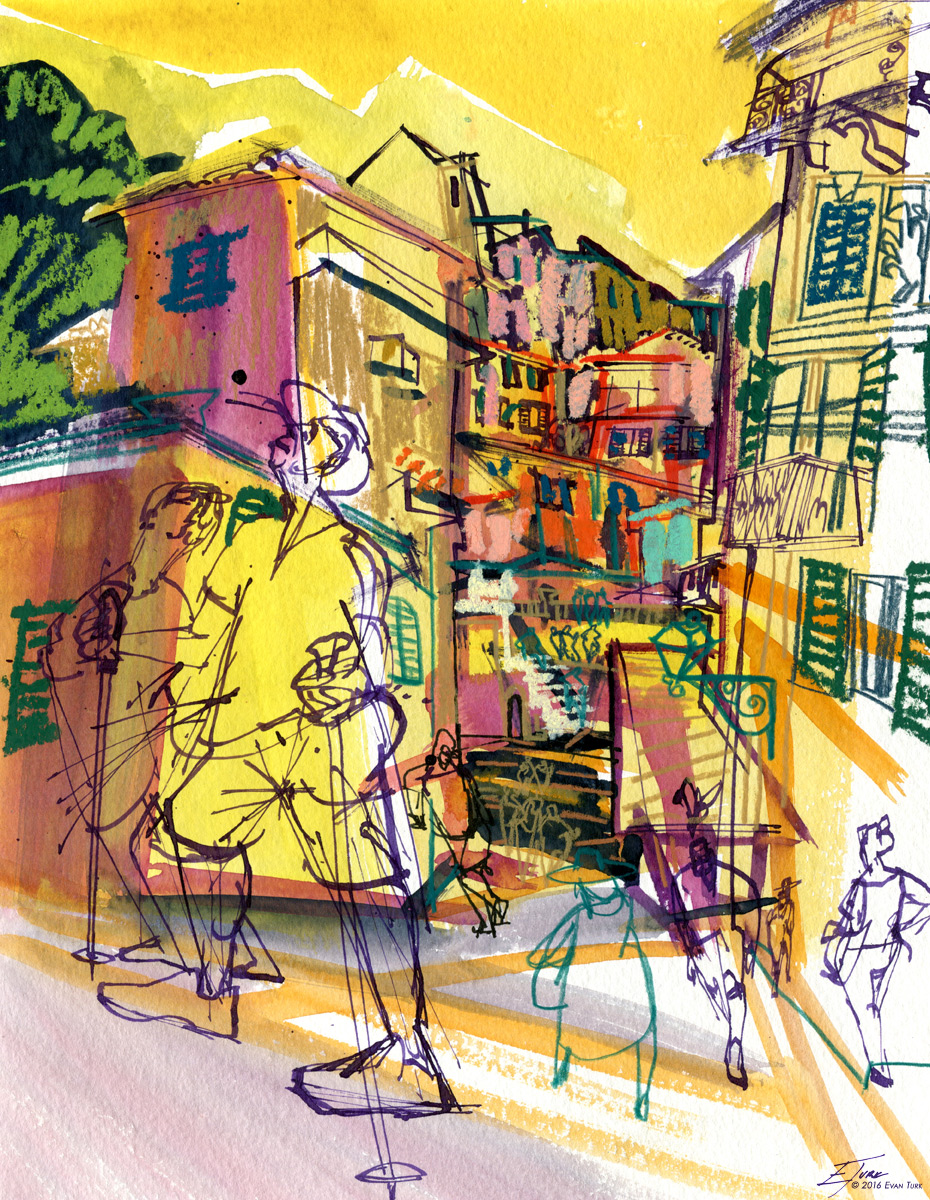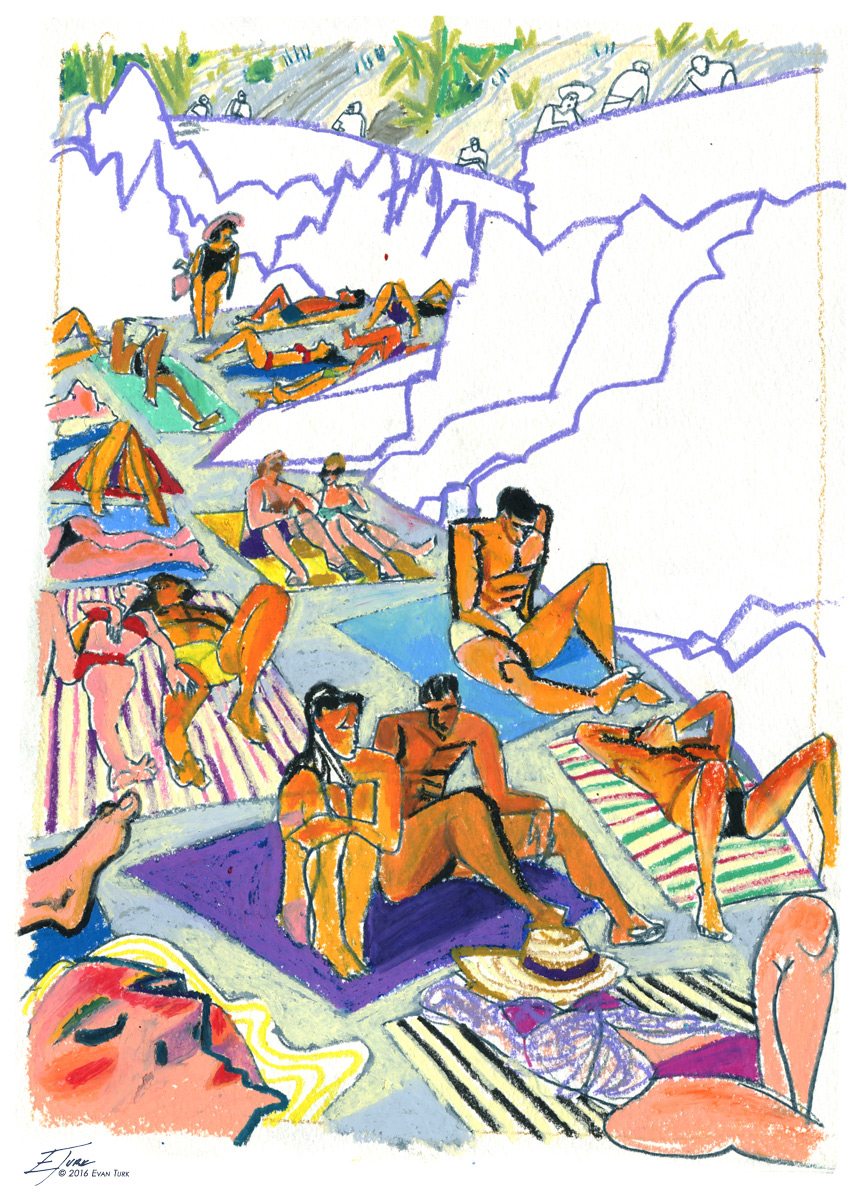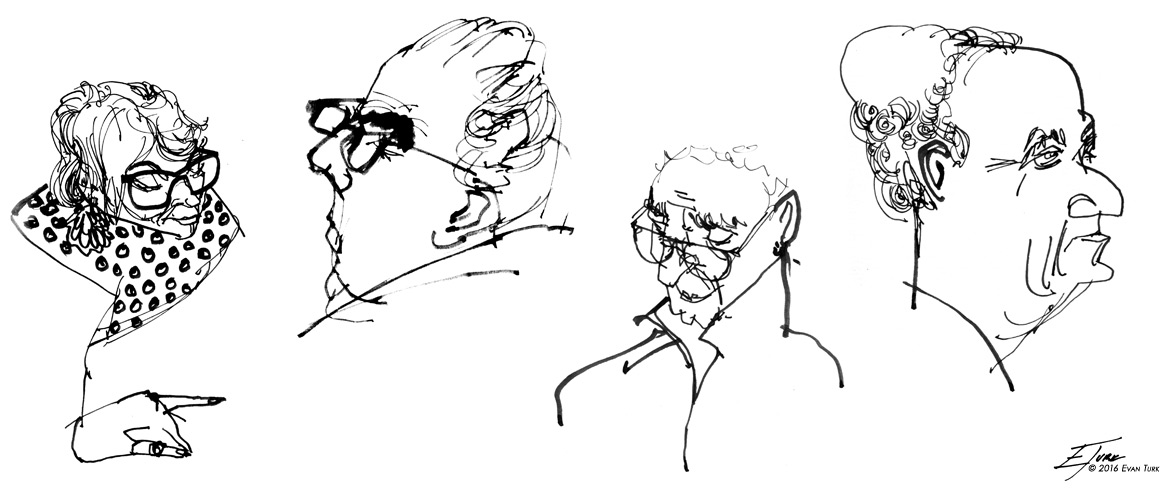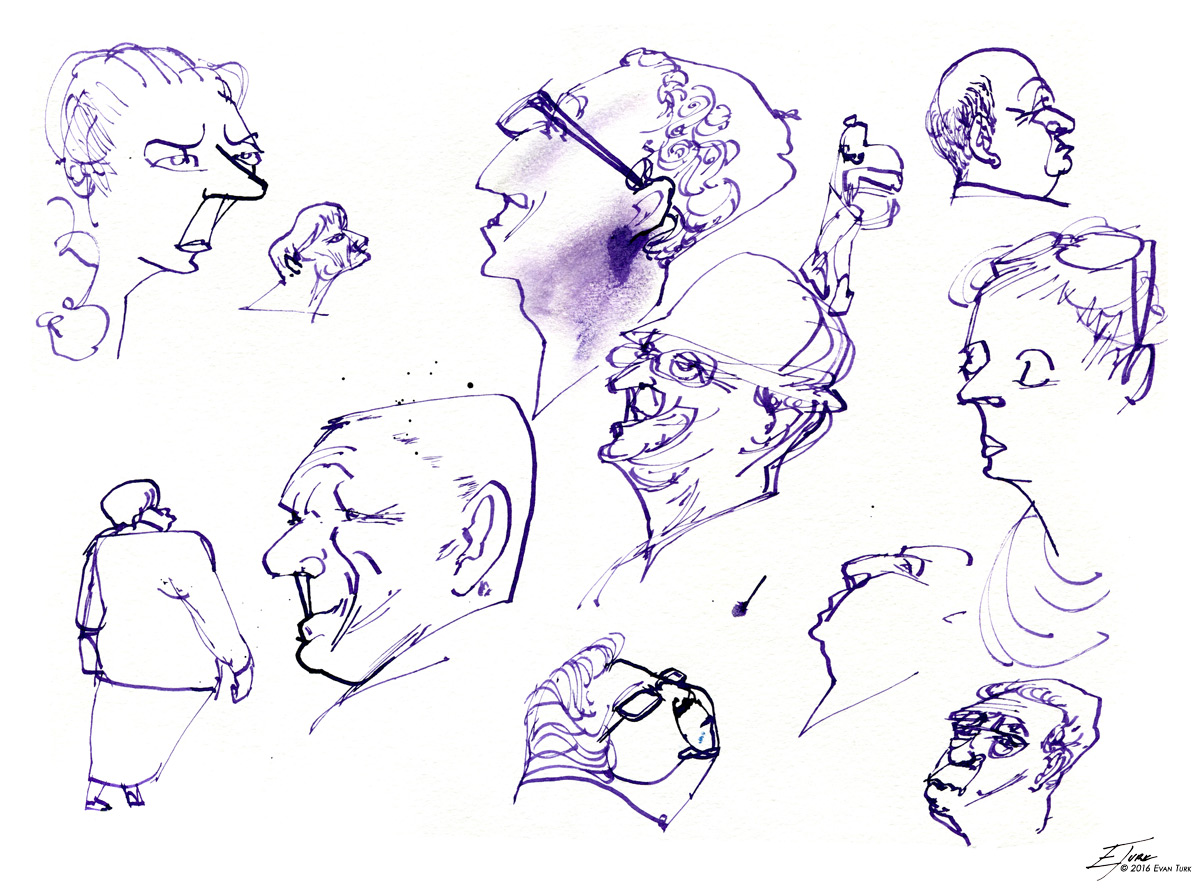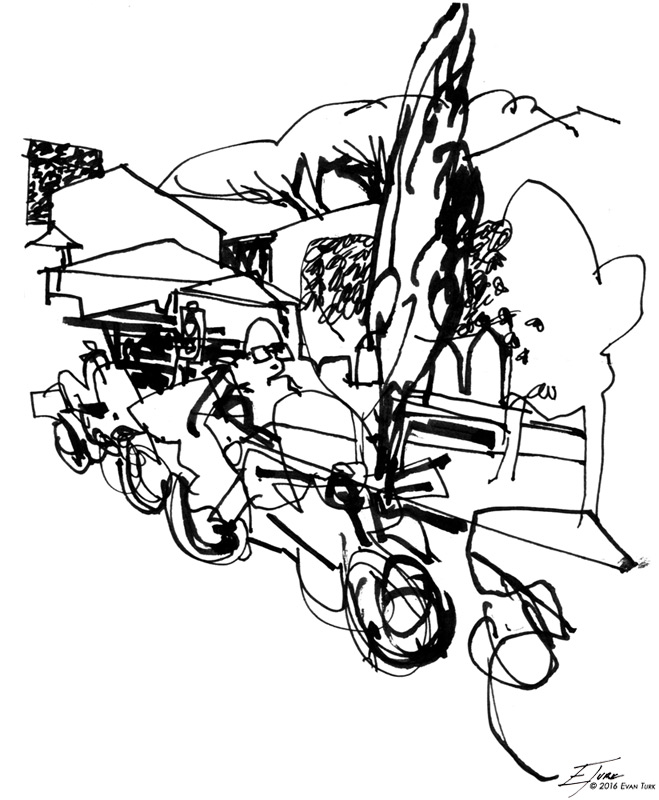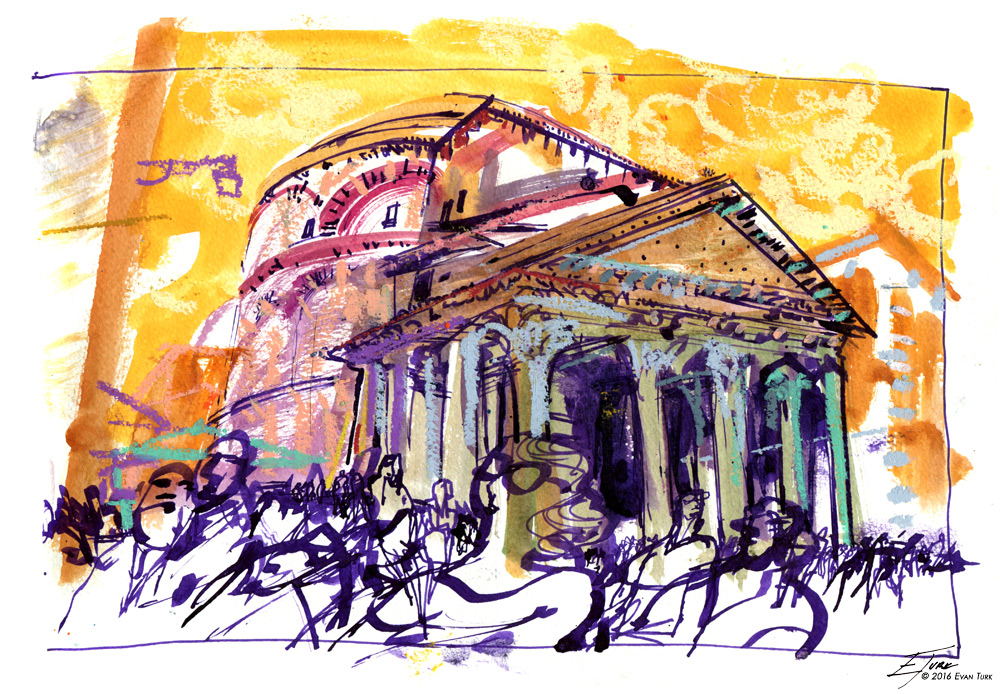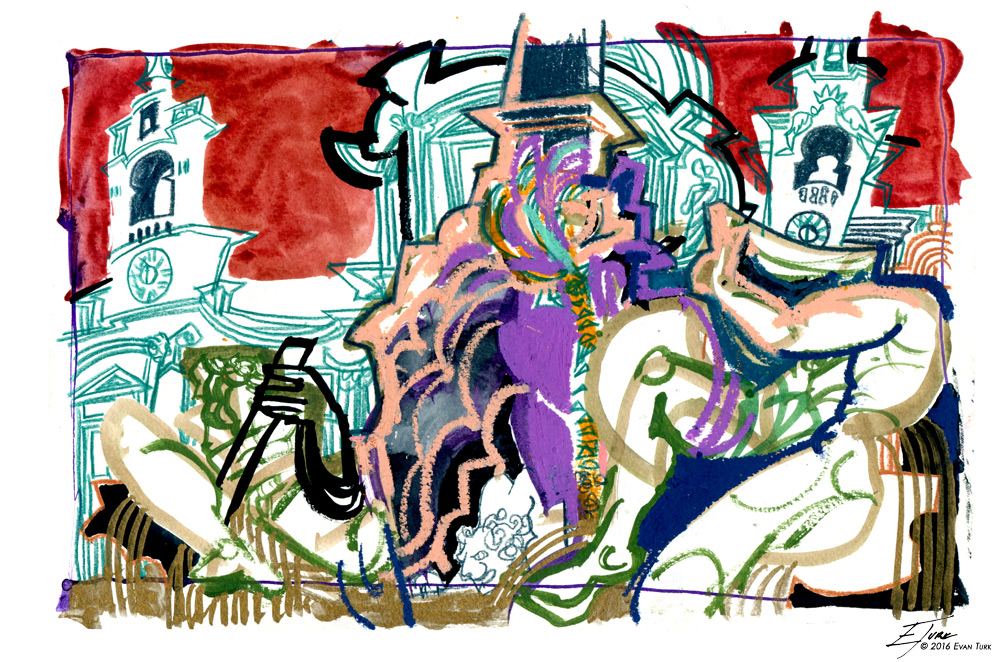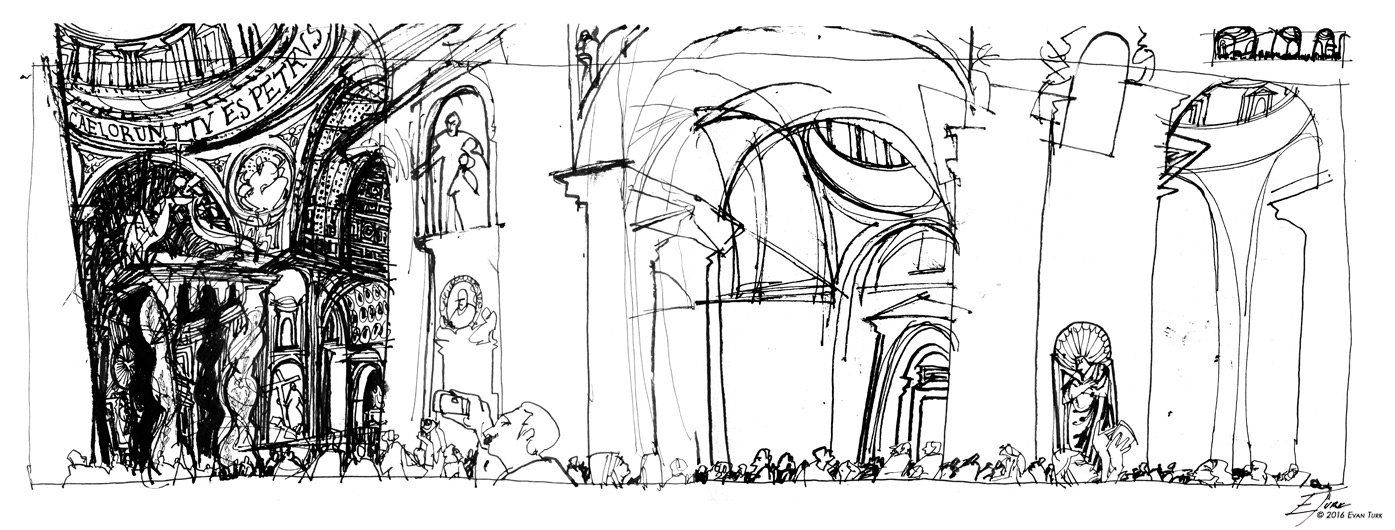I returned to Venice this year for research on an upcoming book (2019!), and it was just as beautiful as always! It's such a magical and improbable city.
Nothing exemplifies this more than the elegant gondole that slide down the narrow canals and under the dozens of little bridges. Developed as a means of transportation through the shallow lagoon, these flat-bottomed boats have been a symbol of Venice for centuries.
Like the world's most elegant traffic jam, the gondole emerge from the tiny side canals into the bustling Grand Canal, twisting and pivoting with ease.
It's fascinating to watch the boats turn at fantastic angles, and watch the shapes distort and change so quickly with the leaning of the gondolino.
On the Grand Canal, they glide past elegant palaces in a dream-like cityscape that appears nearly unchanged since the Renaissance.
You can imagine, with not too much extrapolation, how incredible it would have been to look out from one of these palaces, with intricate pierced windows and marble mosaic walls and floors, as dozens of gondole and other boats passed by, with none of the speedboats or ferries of today. (This view is from the elegantly restored palace The Ca D'oro.)
As they continue down the Grand Canal, the towering Rialto Bridge emerges from around a bend. Replacing an ancient wooden bridge, the immense stone structure, completed in 1591, bends at a surprising angle over the water below.
As the Canal winds through the rest of the city, it finally emerges into the Venetian lagoon, crowned by Piazza San Marco.
Surrounded by the elegant colonnades of the Doge's Palace and the Venetian library, there is ornate and impressive architecture on all sides. The entire city is made up of overlapping influences from Turkish and Muslim sources, Gothic, and Roman architecture.
The Campanile soars above the Doge's Palace. It's hard to believe that this tower was built twice! Originally in 1549, and again after its collapse in 1912.
The square is surrounded by the endless Procuratie Vecchie and watched over by the elegant clocktower.
But nowhere
exhibits Venice's eclectic architecture better than the incredible Basilica San Marco. With
its patchwork of marble, columns, and influences plundered from the
Byzantine and Roman empires alike, it eschews simplicity in favor of
way-too-muchness. Crowned with Gothic, Byzantine, and Roman arches with
glittering gold mosaics and elegant stone relief, it's hard to believe
that it was once even showier with it's arched peaks covered in gilding.
If you get tired of the overwhelming architecture, the throngs of tourists (and occasional Venetians) make it a wonderful place or people-watching.
But really, who could get tired of that architecture?
For
more of Evan Turk's travel illustration, check out the link below:



